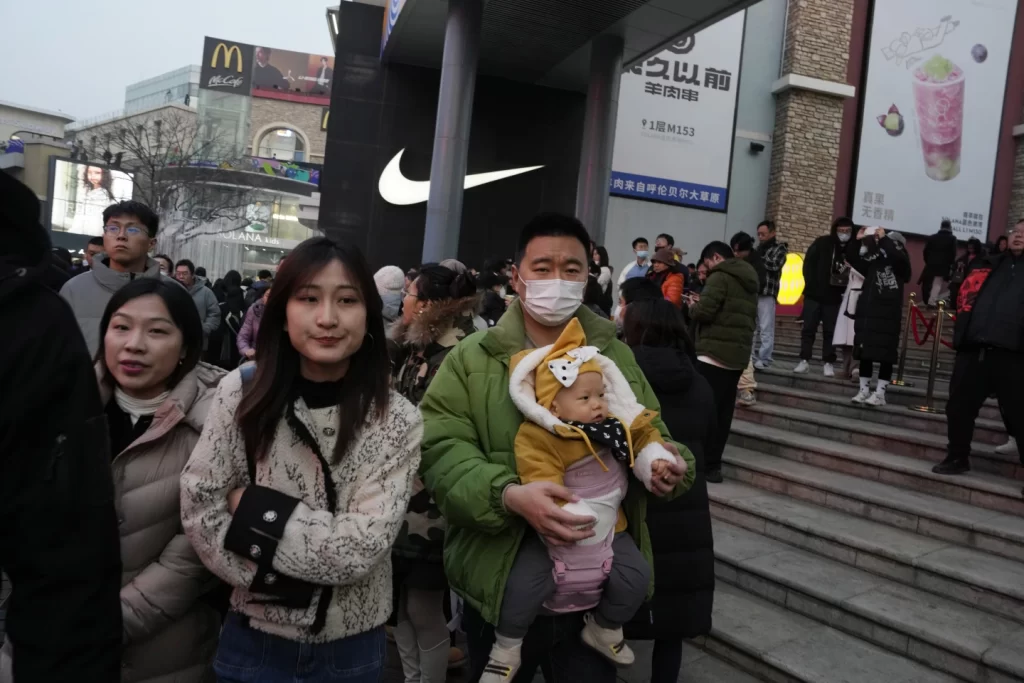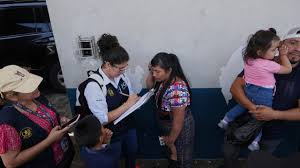
BEIJING— China’s population fell by 2 million people in 2023 in its second straight annual decrease, as births dropped for the seventh straight year and deaths jumped following the end of COVID-19 restrictions, the government said Wednesday.
The number of deaths rose by 690,000 to 11.1 million, more than double the previous year’s increase. Demographers said the rise was driven by the aging of the population and the widespread COVID-19 outbreaks that started in December 2022 and continued into February of last year.
The total population stood at 1.4 billion, the statistics bureau said. China, long the most populated country in the world, dropped into second place behind India in 2023, according to U.N. estimates.
Demographer Zuo Xuejin, former executive vice president of the Shanghai Academy of Social Sciences., estimated that the proportion of the population that is 65 or older could double to more than 30% by 2050.
The number of births fell by 540,000, or 5.6%, which was smaller than the double-digit percent drops the previous three years. The 9 million babies born in 2023 were less than half the total in 2016. All the figures are estimates based on surveys and do not include Hong Kong and Macao. China conducts a full census every 10 years.
China, which once sought to control population growth with its one-child policy, is now facing the opposite problem. The government has sought to encourage births since gradually easing the policy over 2014 to 2016 to allow a second child and then a third child in 2021, but with little success.
Many people are delaying marriage or choosing not to have children. Even those who do often have only one child because of the high cost of educating children in cities in a highly competitive academic environment. The population of women of child-bearing age has also fallen.
Local governments are offering incentives for new children. A municipality in China’s Inner Mongolia region has started offering payments of 2,000 yuan ($280) for a second child and 5,000 yuan ($700) for a third, as well as requiring that employers give an extra 60 and 90 days of paid maternity leave for the second and third child respectively, according to an online report by state-owned China National Radio.







